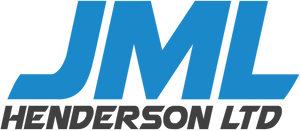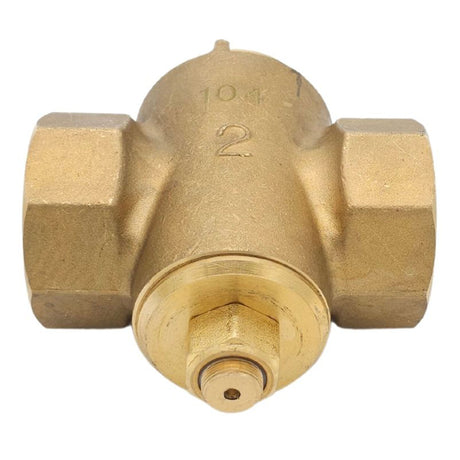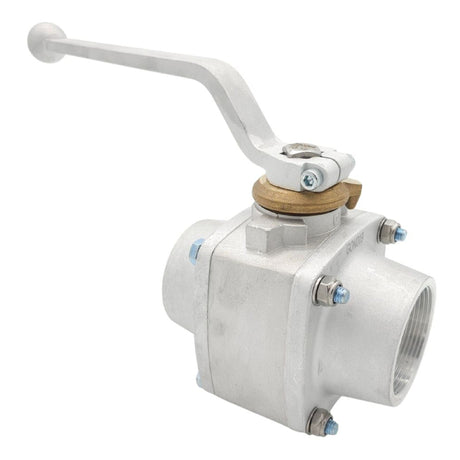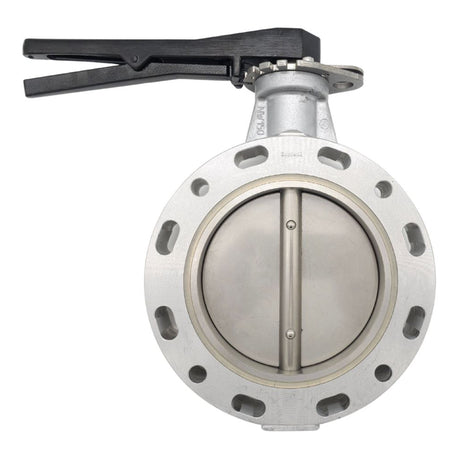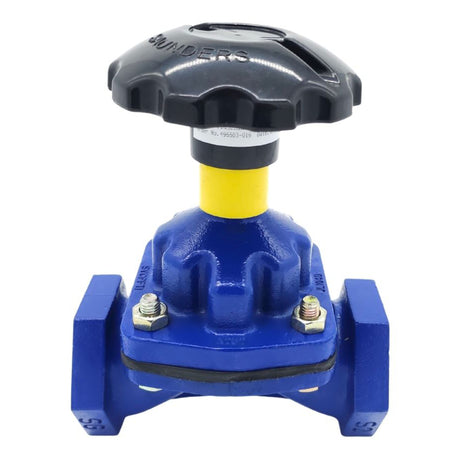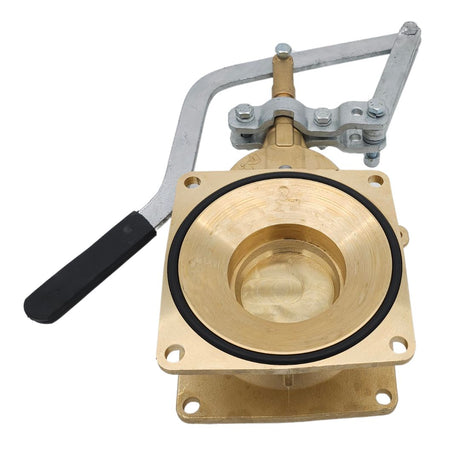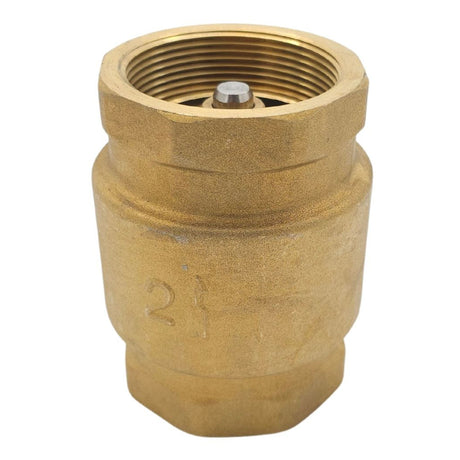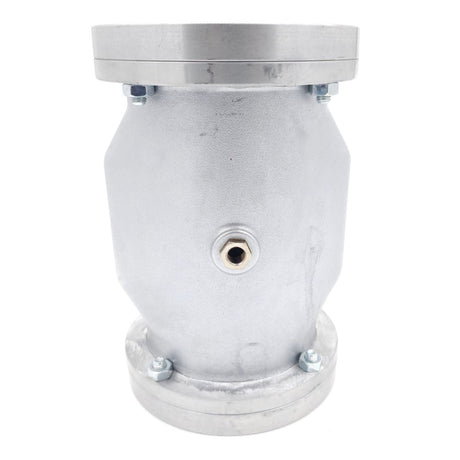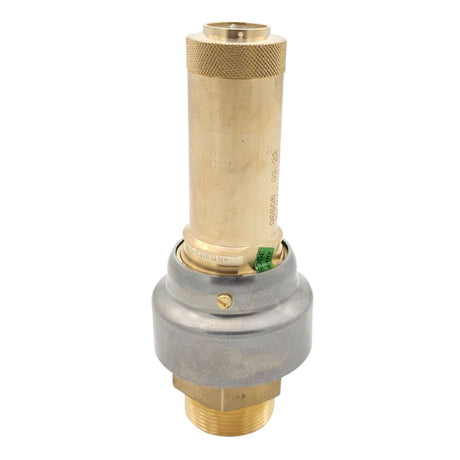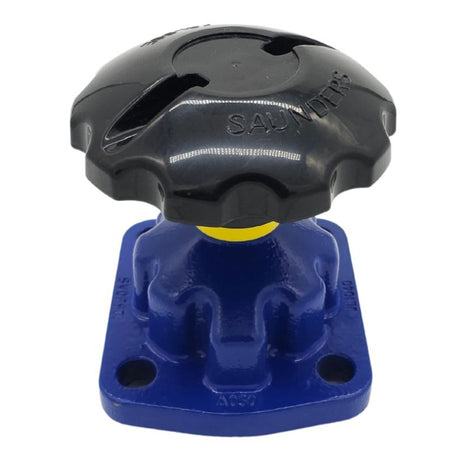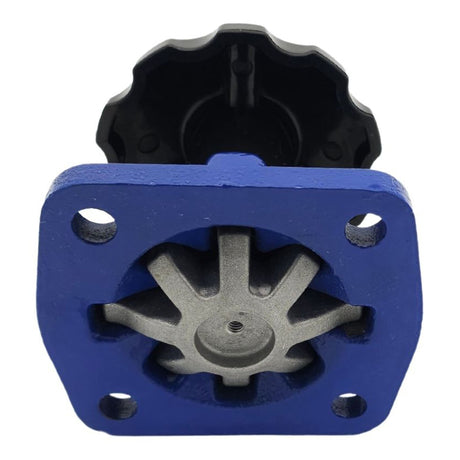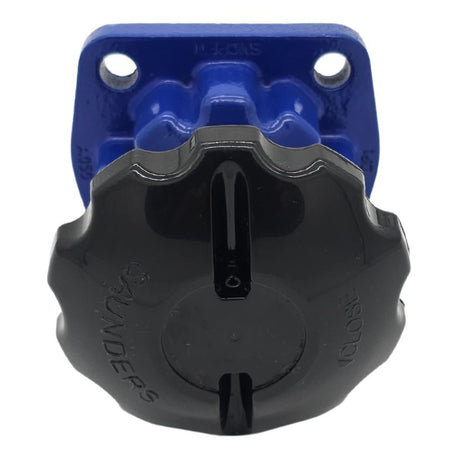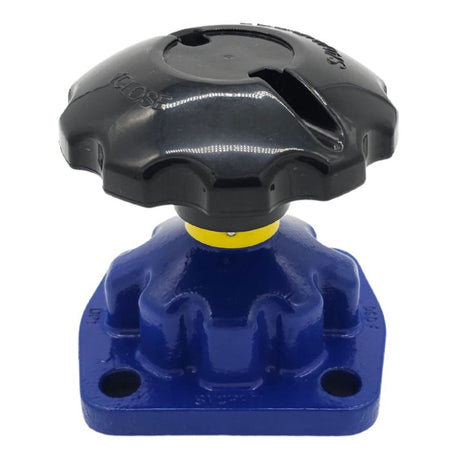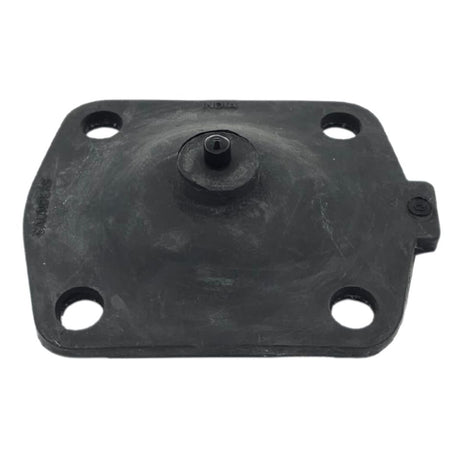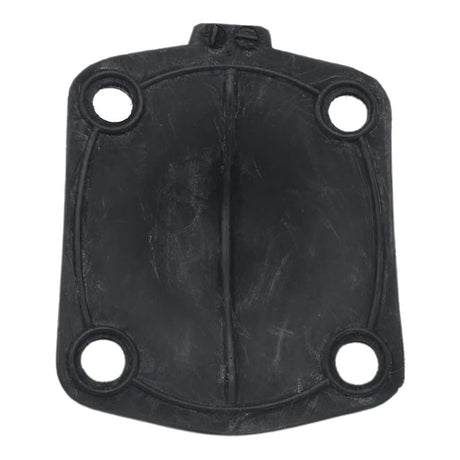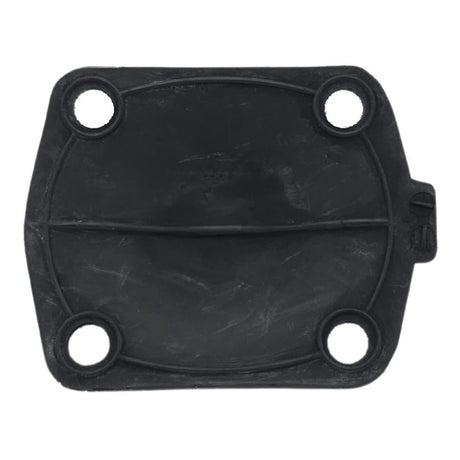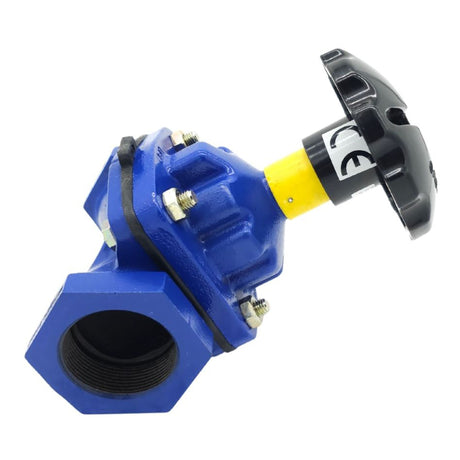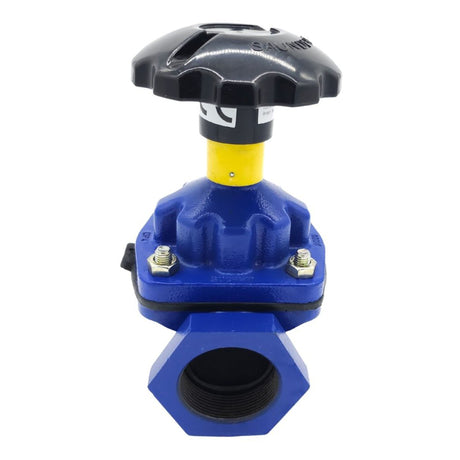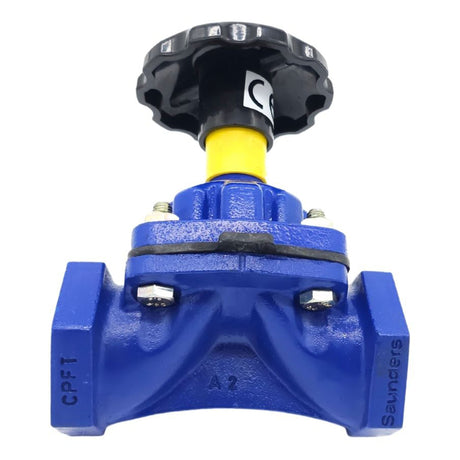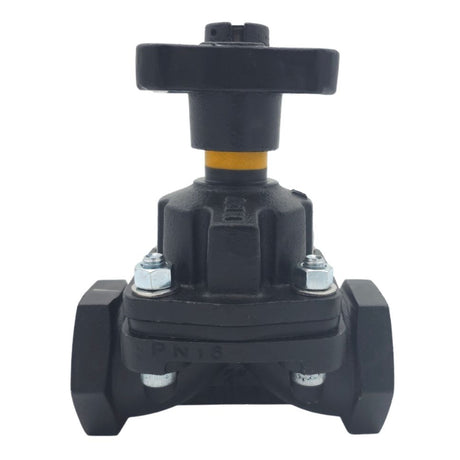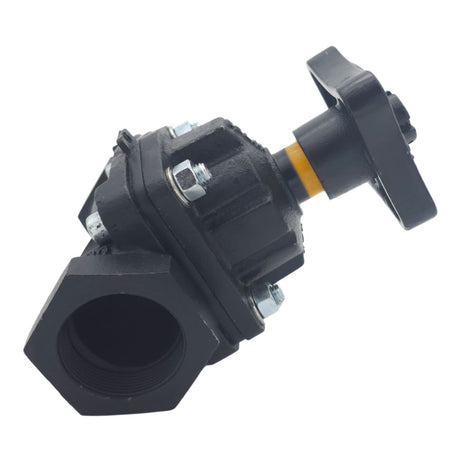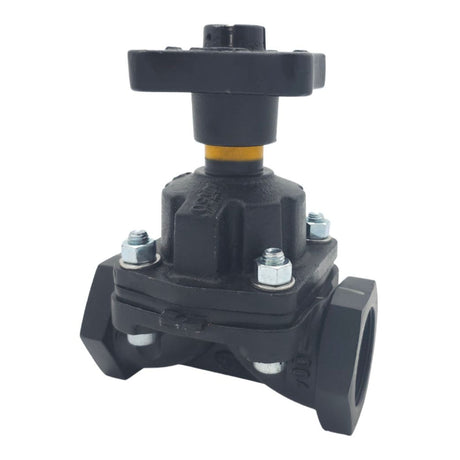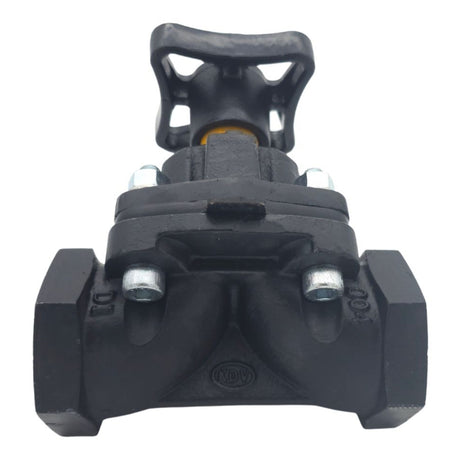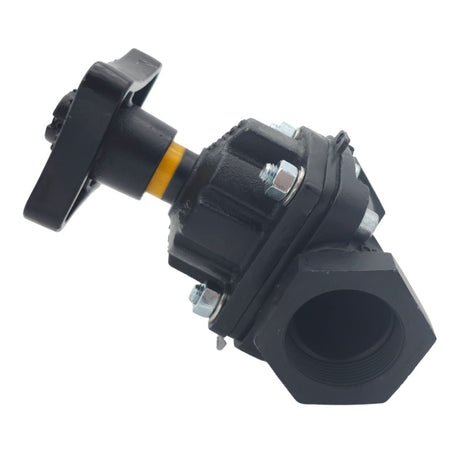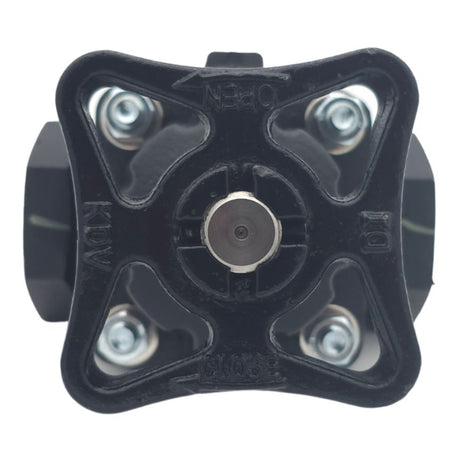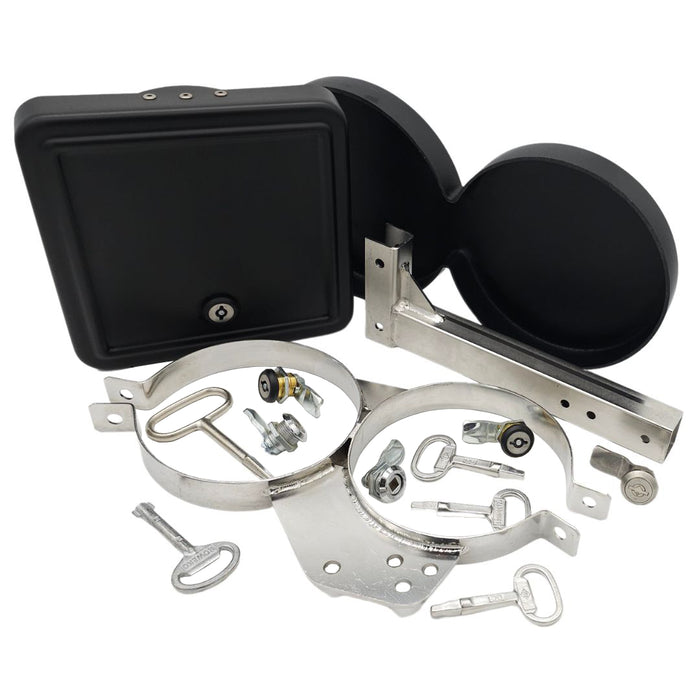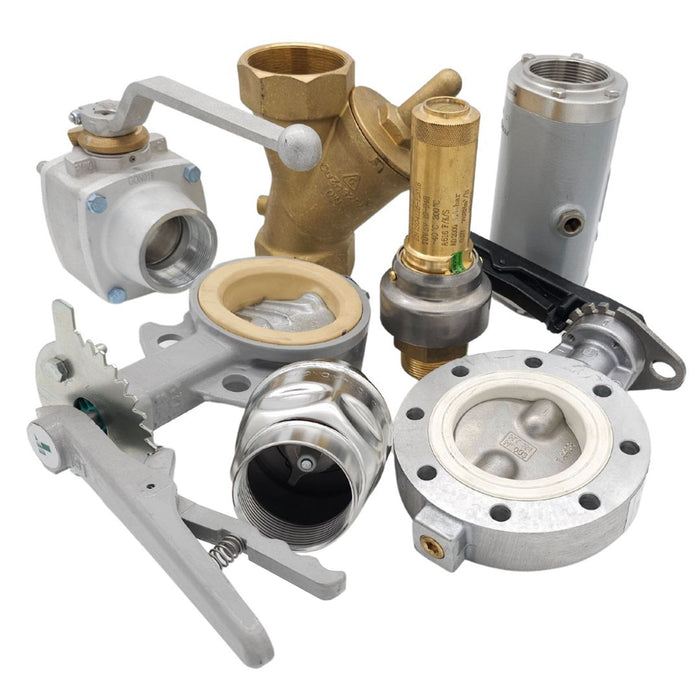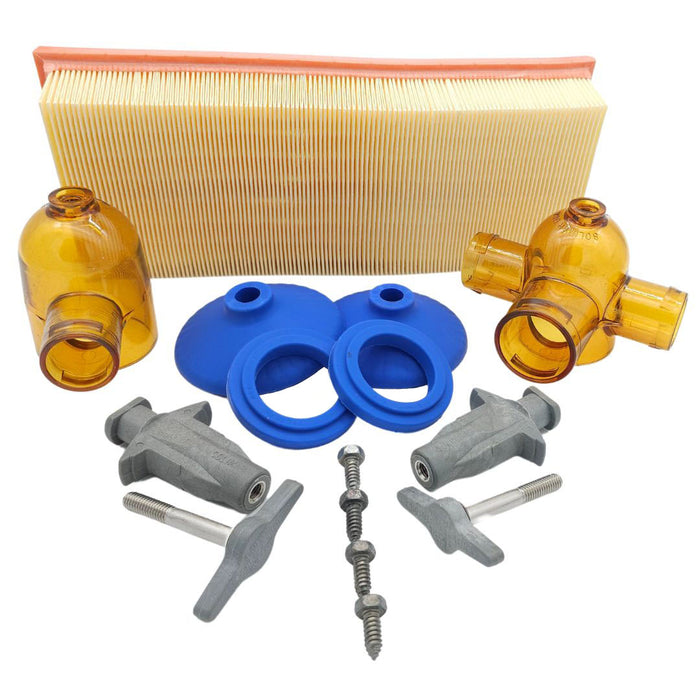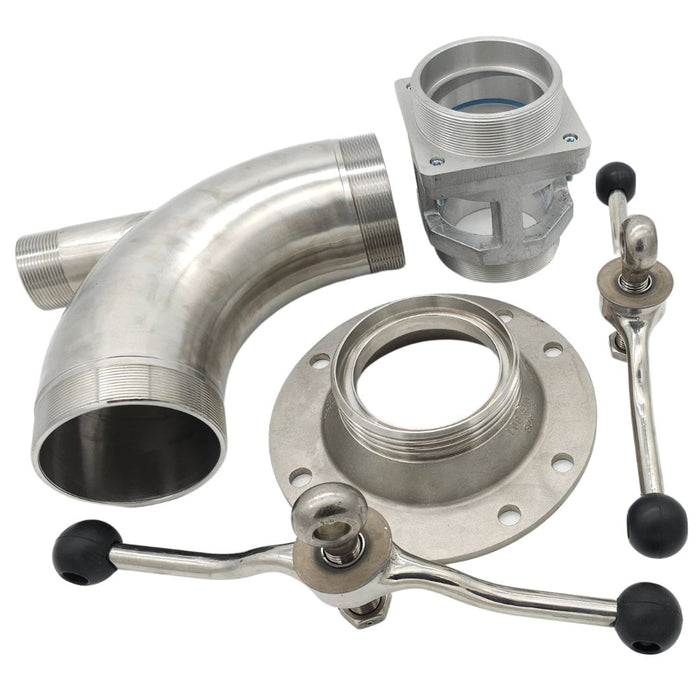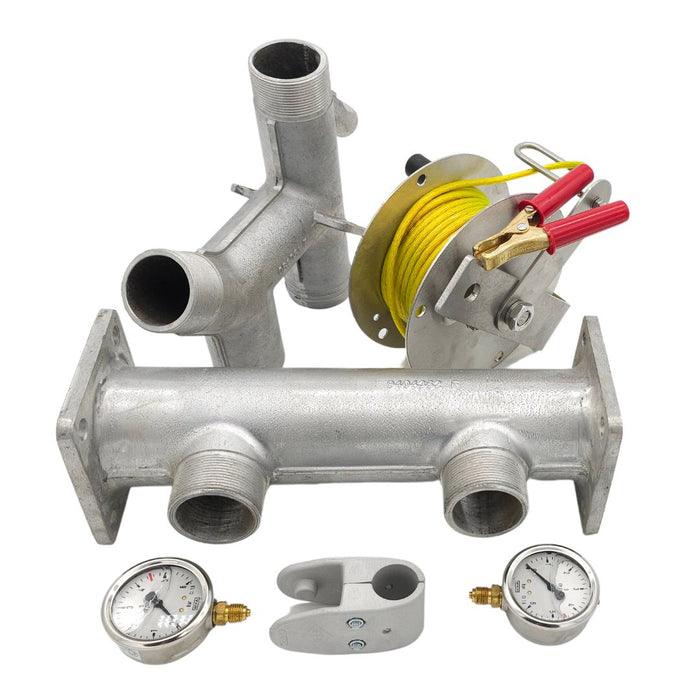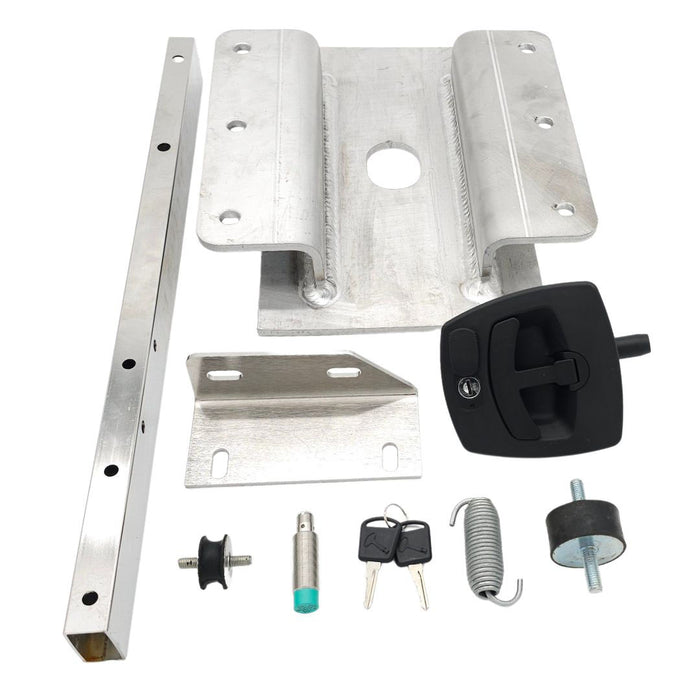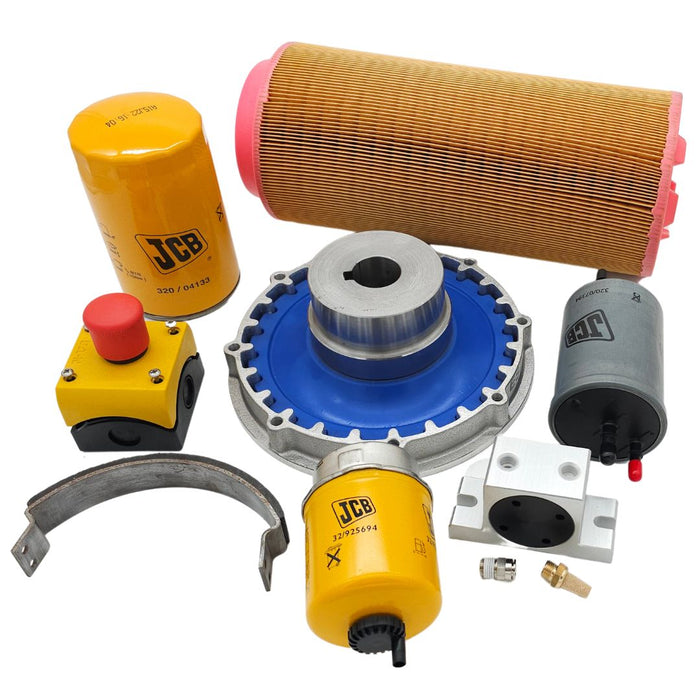- Regular price £0.01Unit price /Unavailable
- Regular price £0.01Unit price /Unavailable
- Regular price £0.01Unit price /Unavailable
- Regular price £0.00Unit price /Unavailable
Diaphragm valves are specialized flow control devices designed to regulate, start, or stop fluid flow using a flexible diaphragm as the primary sealing element. These valves are widely used in industries such as food and beverage, pharmaceuticals, water treatment, and chemical processing, where hygiene, reliability, and precise flow control are critical. The diaphragm, which is typically made of materials like rubber, silicone, or PTFE, is pressed against a seat in the valve body to create a tight seal, ensuring leak-free operation even under high-pressure or aggressive fluid conditions.
The design of diaphragm valves makes them ideal for handling a wide range of fluids, including viscous liquids, corrosive chemicals, and particulate-laden slurries. They offer excellent resistance to contamination, making them particularly suitable for applications that require strict hygiene, such as in pharmaceutical or food-grade systems. The non-turbulent flow path and the absence of crevices in the valve body reduce the risk of contamination and make cleaning and maintenance easy, which is a significant advantage in systems requiring frequent sterilization.
Diaphragm valves are available in two main types: weir-type and straight-through (or full-bore) designs. Weir-type valves are suitable for precise throttling and control of smaller flow rates, while straight-through valves allow unrestricted flow and are better suited for handling slurries or high-viscosity fluids. These valves can be manually operated using a handwheel or automated with pneumatic or electric actuators for enhanced efficiency in complex systems. Their versatility, reliability, and ability to handle a wide range of fluids make diaphragm valves an indispensable choice for industries requiring precise and hygienic flow control.Interested in a Quote?
Advantages of Using Diaphragm Valves
-
Leak-Proof Sealing
-
Excellent for Corrosive and Abrasive Fluids
-
Isolated Fluid Flow
-
Easy Maintenance
-
Hygienic Design
-
Low Operating Force
